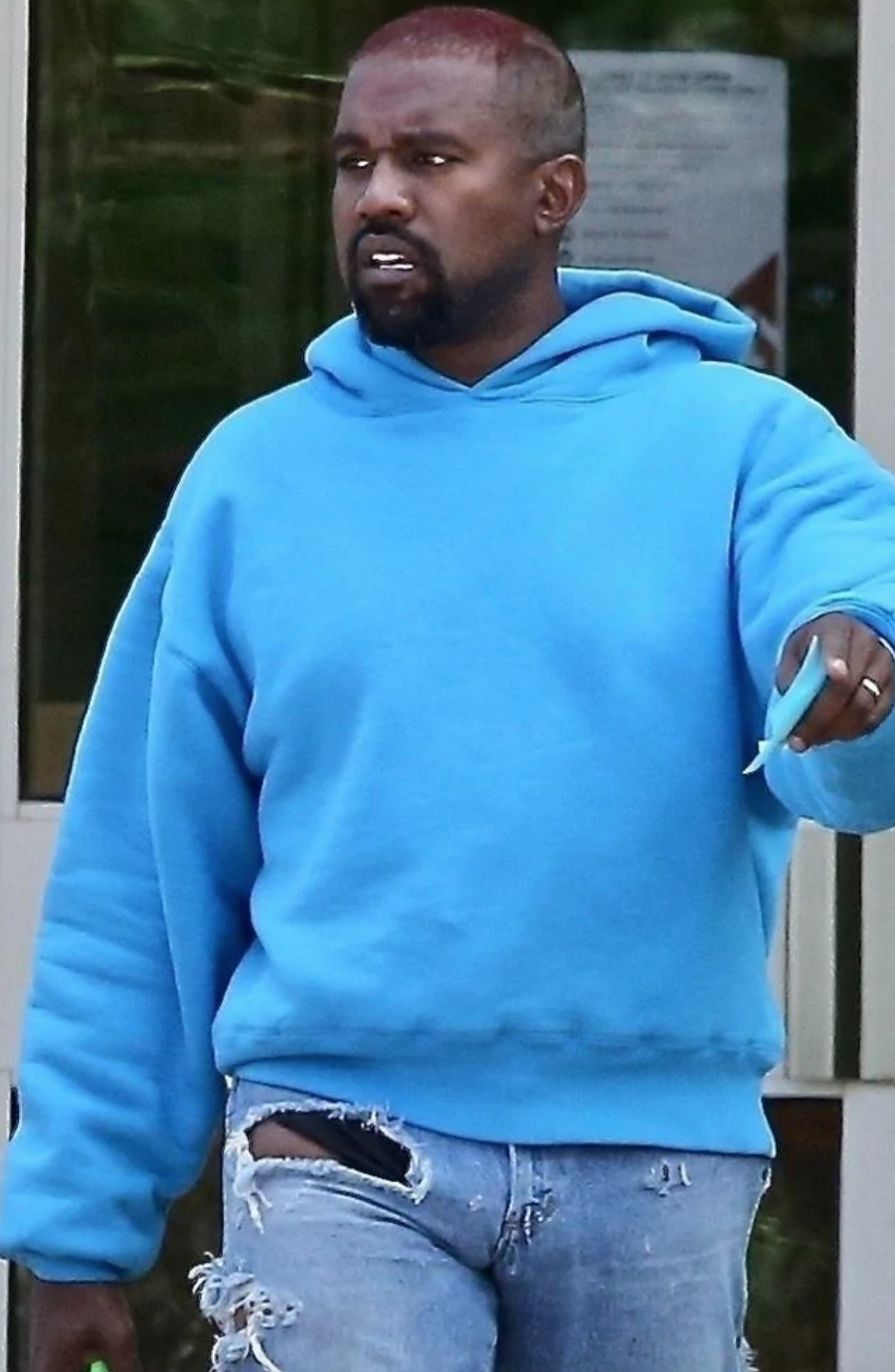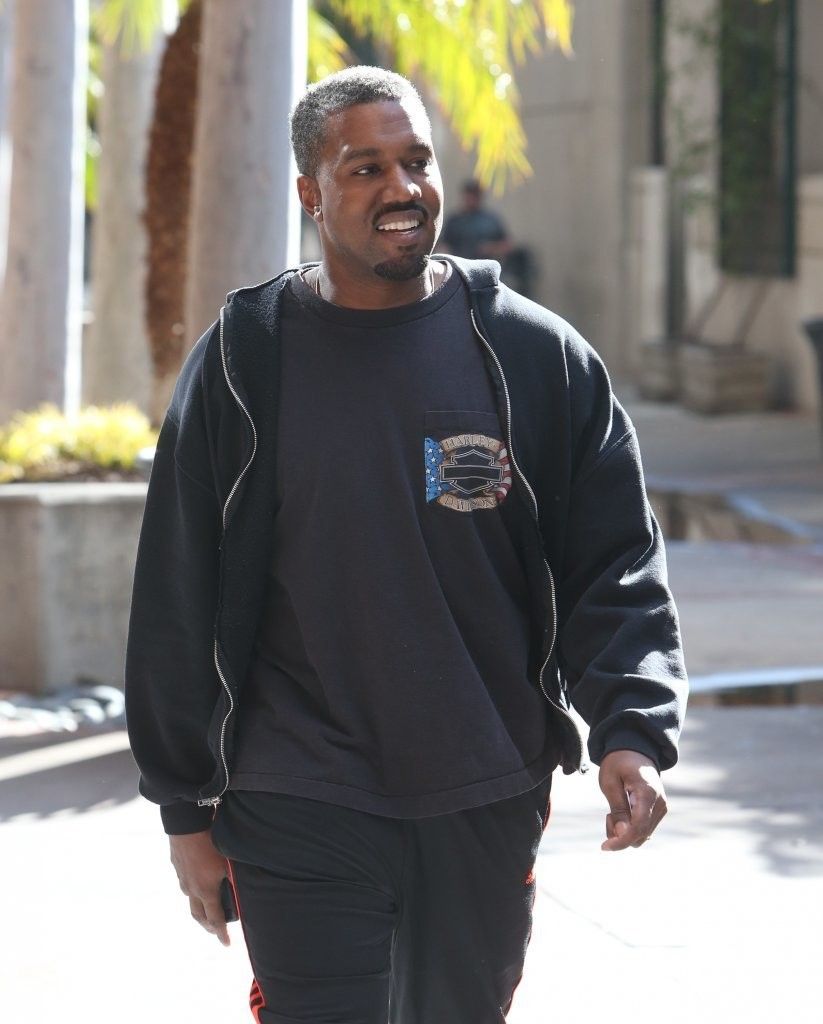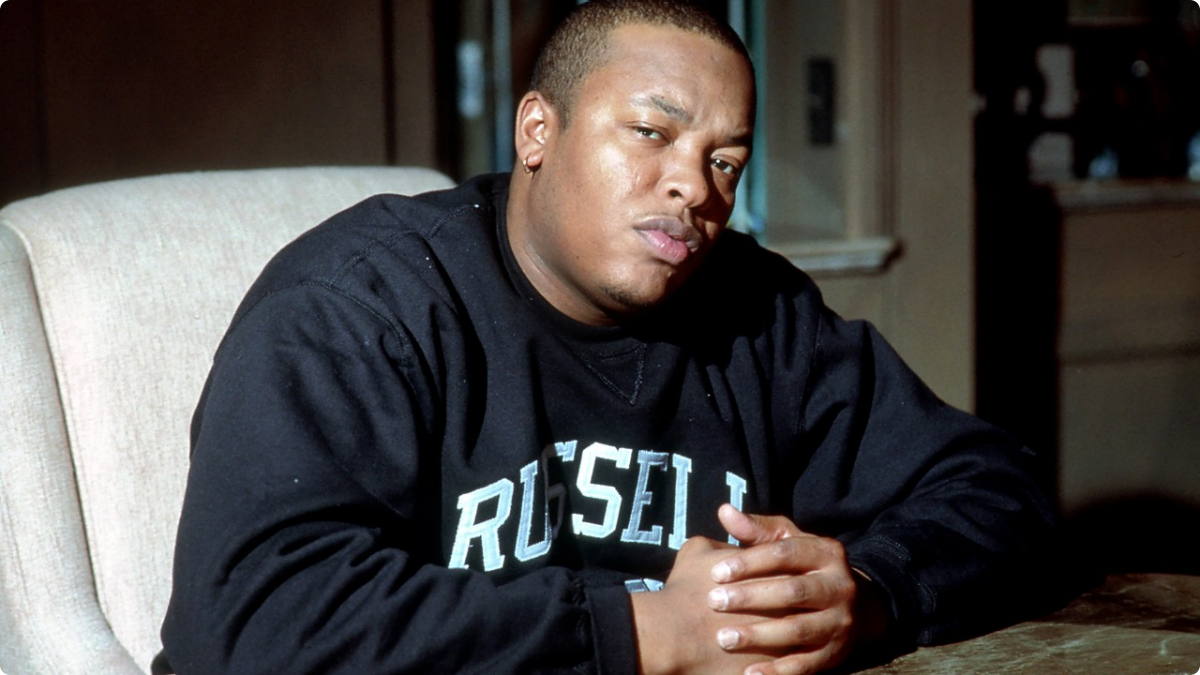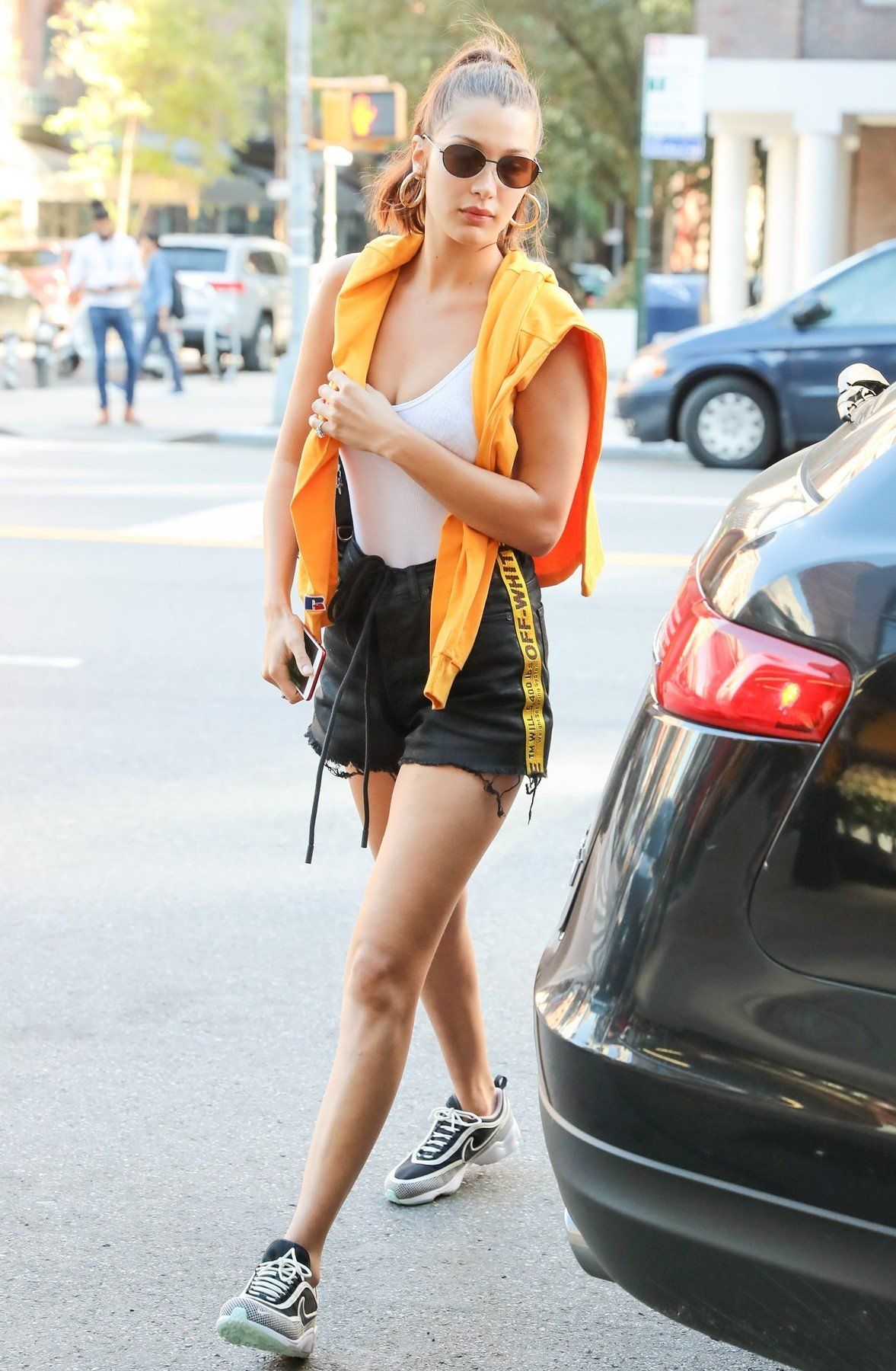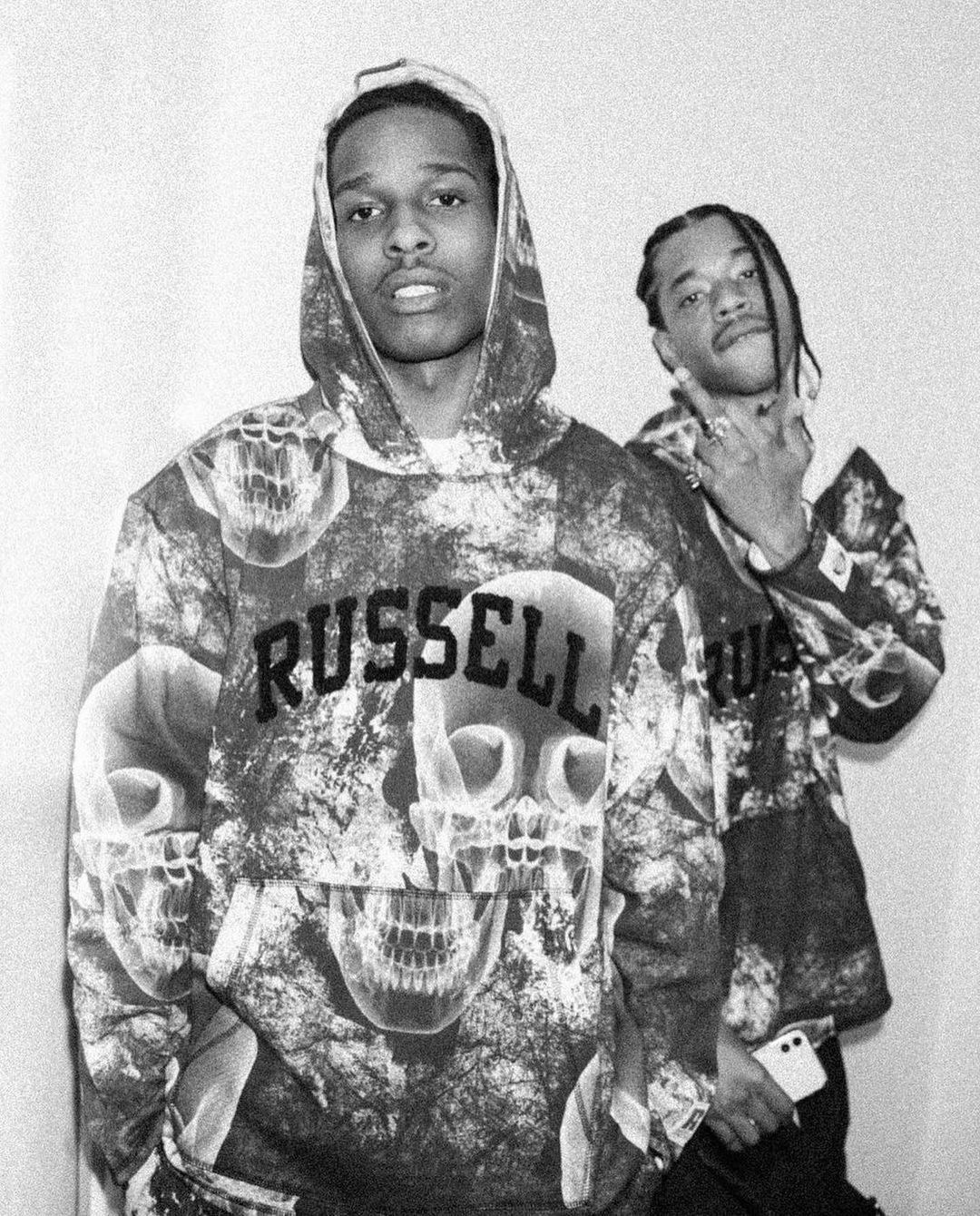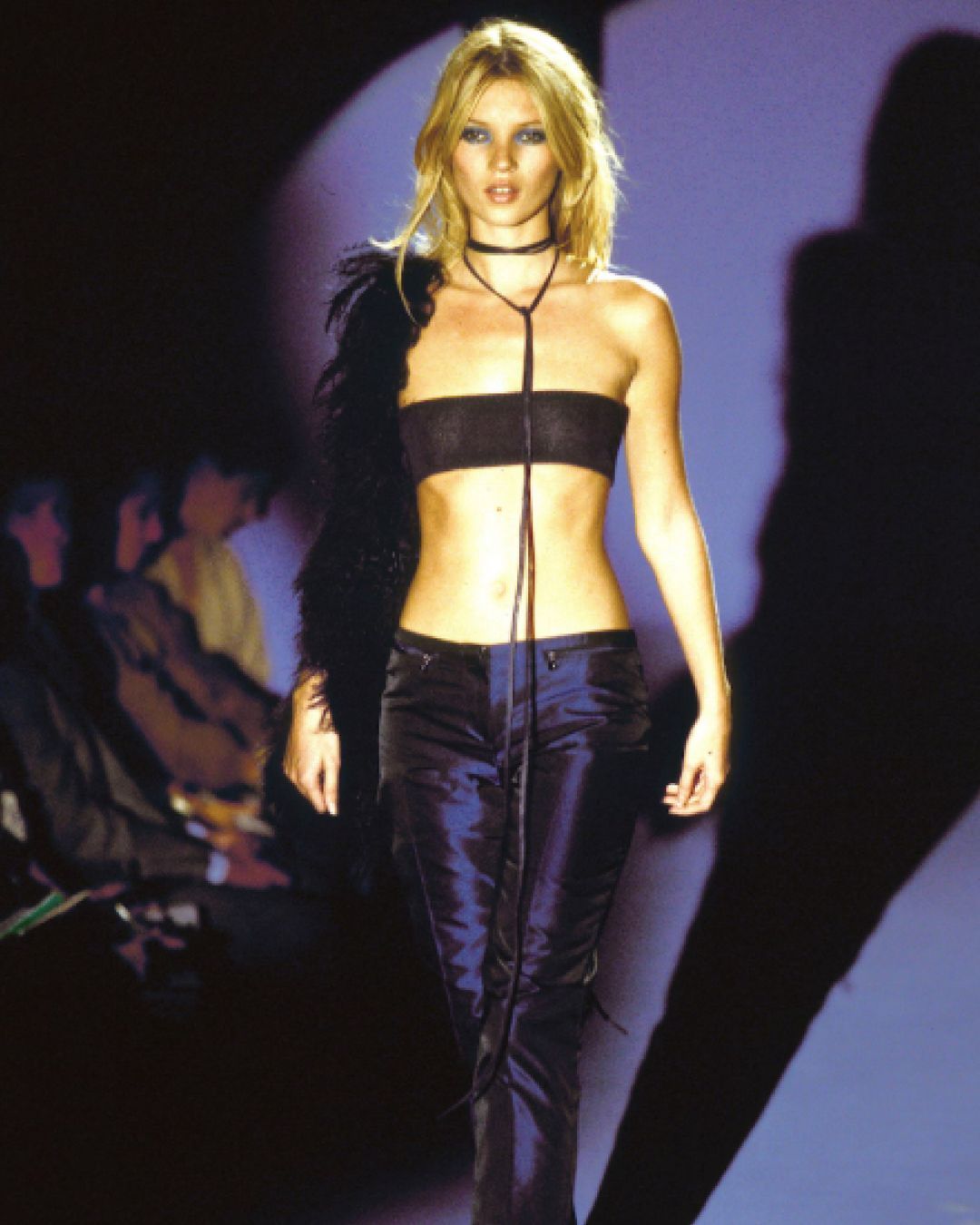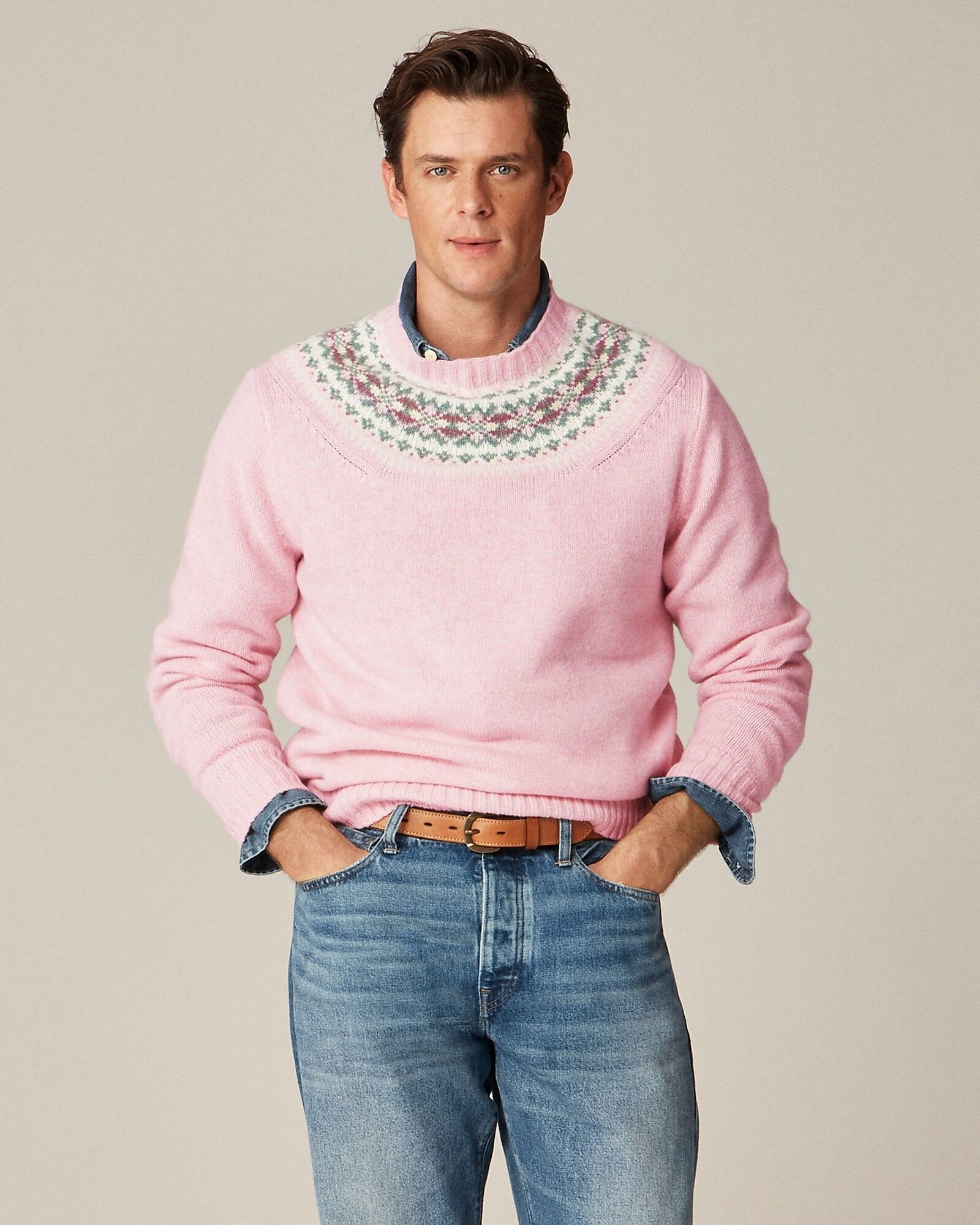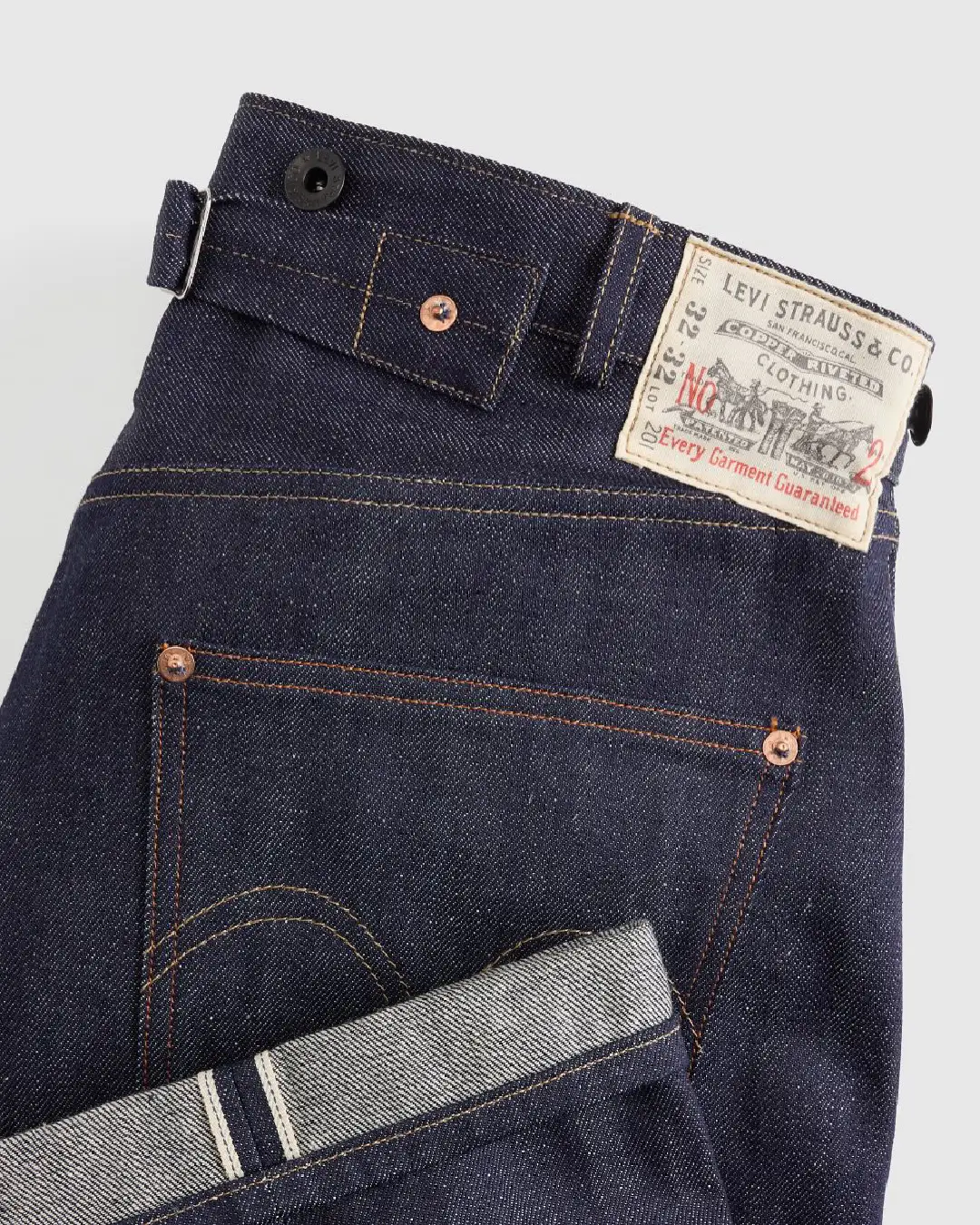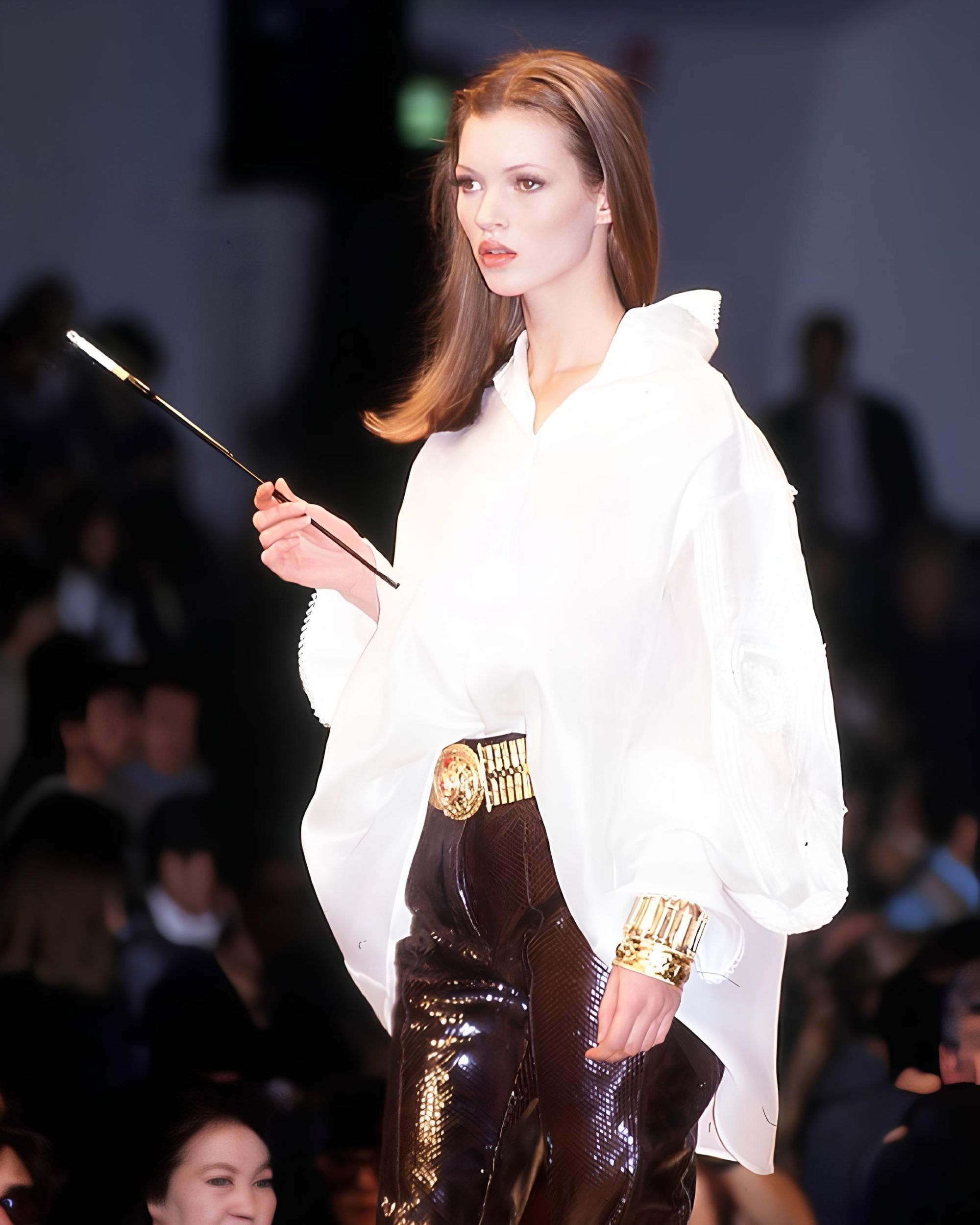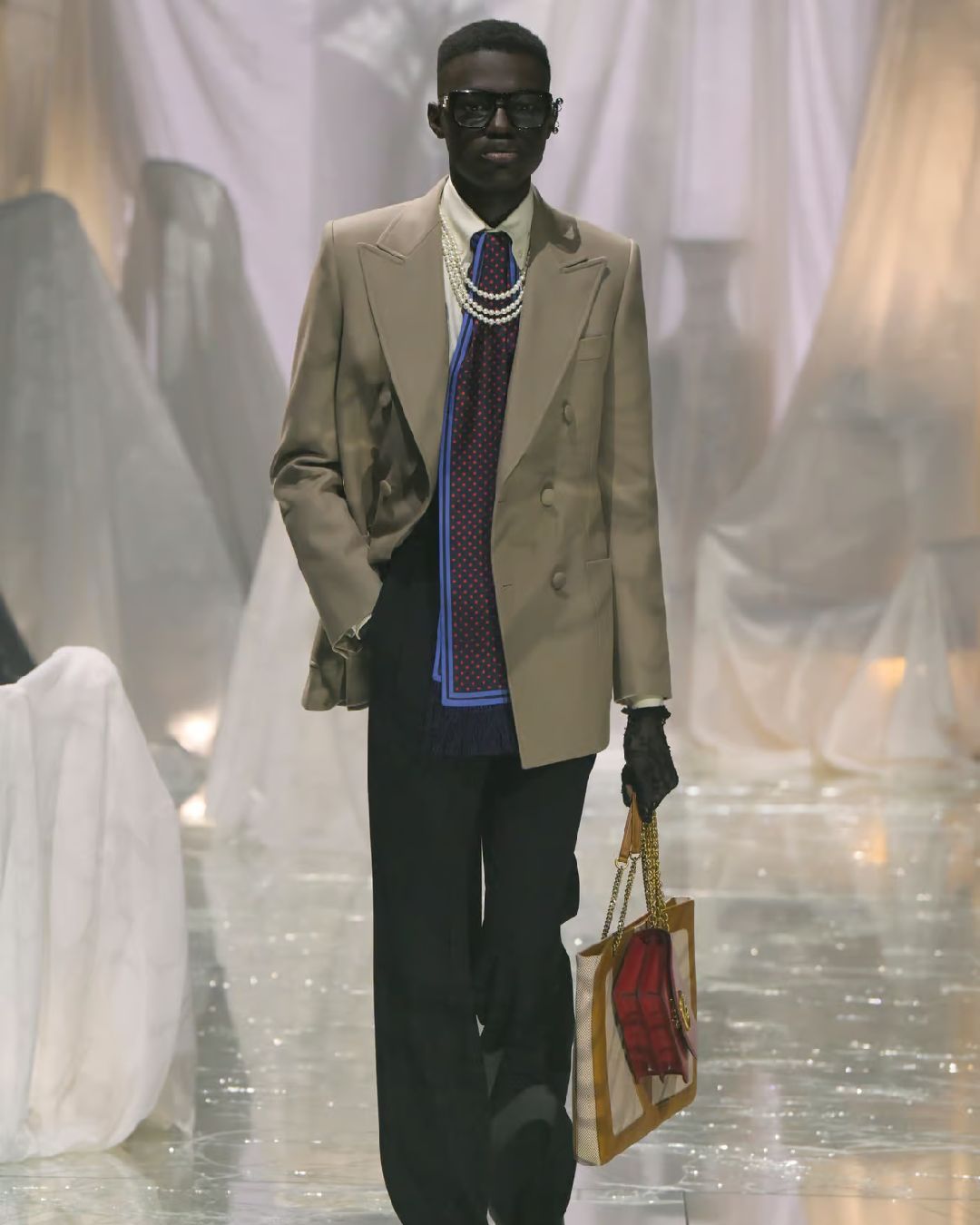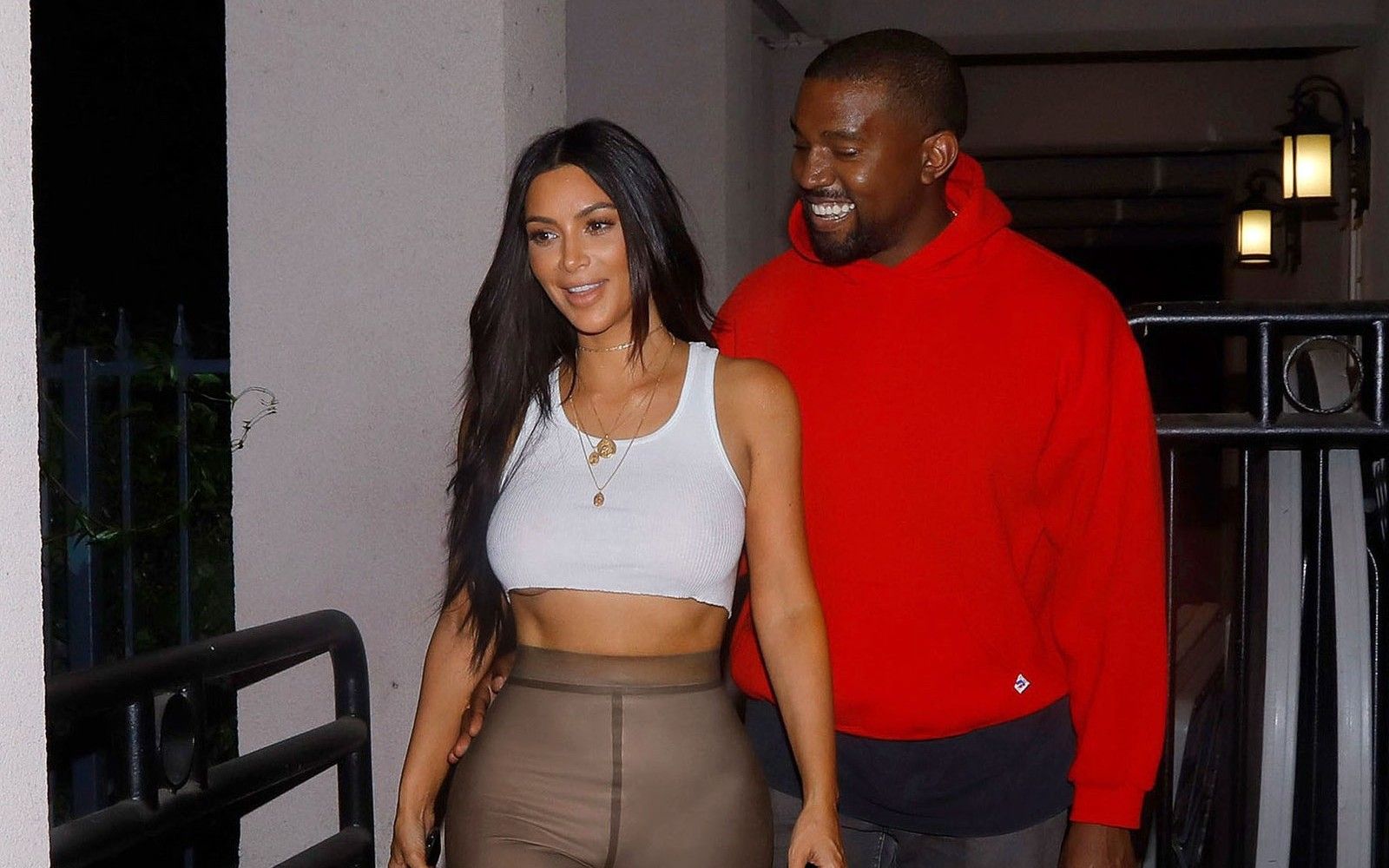
The secret aristocracy of hoodies And it has nothing to do with luxury brands
There was a time when a sweatshirt was just a sweatshirt. Then streetwear exploded, thanks largely to the work of Virgil Abloh, who, after birthing the phenomenon, also wrote its tombstone epigraph by posing the puzzling question «How many hoodies can you own?» The hoodie, during those years, had become the symbol of the streetwear movement: democratic, logo-friendly, desired by every segment of consumers. It was easy for fashion brands to create hoodies with a simple logo, put them on sale, and reap the profits that were rainingon them - the market was hungry for them. But at some point a thirst for authenticity arose even for the hoodie category. If the luxury sweatshirt is an essentially worthless garment beyond its branding, and if the too-cheap one is not suited to represent the identity and tastes of its wearer, the need arose to find a hoodie that was at the perfect conjunction of "essentiality" and "meaningfulness." And so lovers of archival fashion, techwear, and "authentic" fashion (i.e., opposed to the commercial fashion of traditional luxury brands) set out to find the brands that produced the most valuable sweatshirts: technically and objectively elevated, culturally niche or cult worthy, historically recognized. And that is how the secret aristocracy of hoodies was born.
The brands that are part of this "aristocracy" are many, more historical than modern, but having in common their being under the radar and relatively far from the mainstream. A brand like Champion, for example, which invented the very concept of the hoodie in the 1930s, has remained a cult with its Reverse Weave, which GQ named «The Best Hoodie You Already Own» but which is also far too mainstream for a crew accustomed to White Mountaineering's archival freighters, Issey Miyake jackets, Stussy pieces from the 1990s, and any item bearing Junya Watanabe's signature. It's hard to find hoodies from commercial brands in the closets of these fashion lovers-who prefer the almost unobtainable heavyweight sweatshirts from Camber USA or the vintage Russell Athletic ones. About the latter brand here's what GQ said in January: «Google Trends has reported a 350% rise in search interest for “Russell Athletic crewneck” over the last two years. Mari Corella, General Manager of Apparel at eBay, says that site searches for “Vintage Russell Athletic Hoodies” jumped 236% from 2020 to 2021. Sales for vintage Russell hoodies, unsurprisingly, also grew 196%». While last May WSJ devoted an entire article to the humble masterpieces that are the sweatshirts of Camber USA whose website «looks as if it hasn’t been updated since the Clinton era» and whose owner and co-founder, Barry Schwartz, prefers to «let the product speak for itself».
Then among the younger members of the hoodie aristocracy are brands such as Les Tien, Los Angeles Apparel (heir to the famous American Apparel), Lady White Co. or Flint and Tinder - as well as the recent Yeezy x Gap. All of the sweatshirts produced by these brands have a number of features in common: they are free of logos or graphics, they are made from cottons that are together very heavy and very soft, and they are almost always Made in the USA - Yeezy Gap's are not, by the way, but some of those produced by Ye such as Yeezy's Season 6 or the 2020 Vision Hoodie are. A trifecta of fundamental characteristics to which is added, in the case of Camber USA, the objective difficulty of purchasing the hoodies outside the United States, which makes them relatively expensive on this side of the Ocean as well as incredibly exclusive and sought after for "insiders." But if Camber USA is a niche brand, almost enigmatic in its own way, Russell Athletic is far more popular and widespread around the world (after all, it is the inventor of the sweatshirt, you can't get more heritage than that) but that, in addition to the collaborations with Boss, KITH, Neighborhood and Nicole McLaughlin that are driving its repositioning in the market, remains largely under the radar among fashion insiders. Strange considering how the boxy cut of both brands' sweatshirts anticipated by decades the fit that Yeezy has made hyper-popular along with the faded colors and heavy cottons of the vintage Russell sweatshirts that Kanye has worn on several occasions between 2017 and 2018, so much so that many are speculating that Ye was inspired by Russell Athletic's vintage sweatshirts in particular for his mythological perfect hoodie.
But then, why are these heritage sweatshirts so popular? The very first reason is the materials: just read the descriptions of the sweatshirts online and you can see how the weight of the fabric, its provenance, and its technical characteristics are presented with almost specialist-like emphasis and importance. The second motivation lies in the value attached to the brand. An Italian fashion brand that has spent the last century producing men's suits will also produce excellent sweatshirts, but it would be difficult to say that it specializes in sweatshirt production. The brands that specialize in this regard are mostly American, and although Europe and Italy are full of sportswear brands, Americans remain credited with inventing and perfecting the hoodie, which is as much a part of the American aesthetic as the varsity jacket and cowboy boots. To get a measure of their perceived value, one only has to think of how the Made in USA label makes at least double the price of a New Balance sneaker, and the WSJ itself has described these American-made brands as a «dying breed».
@qrissnead If you’re in the US, you can get them at allusaclothing.com. #camber #workwear #workwearstreetstyle #minimalfashion #onlineshopping #fitcheck original sound - Emma | dix followed 3-30-2021
The last reason lies in a shift in audience values: those who want to buy a basic hoodie today can happily go to Uniqlo or Zara, but those who are not satisfied with a generic brand are unlikely to find what they are looking for at luxury brands, for which the hoodie is closer to a marketing tool capable of attracting entry-level customers than to an actual garment. In the luxury world, a hoodie more often serves as a "logo holder" than as a garment of authentic and unquestionable quality. All that remains, then, is to turn to heritage brands that do things the old-fashioned way, even better if almost unknown, to cultivate together an unpretentious simplicity with the sophistication of those who value fashion culture over fashion hype. After years and years of logomania and after the saturation of the luxury market, after all, the public has come to realize that luxury hoodies are after all made of simple cotton. But in the world of the secret aristocracy of hoodies there is a heritage that is realized, a quality that is touched, and, above all, a more exclusive value that culture, not money, can buy.











































